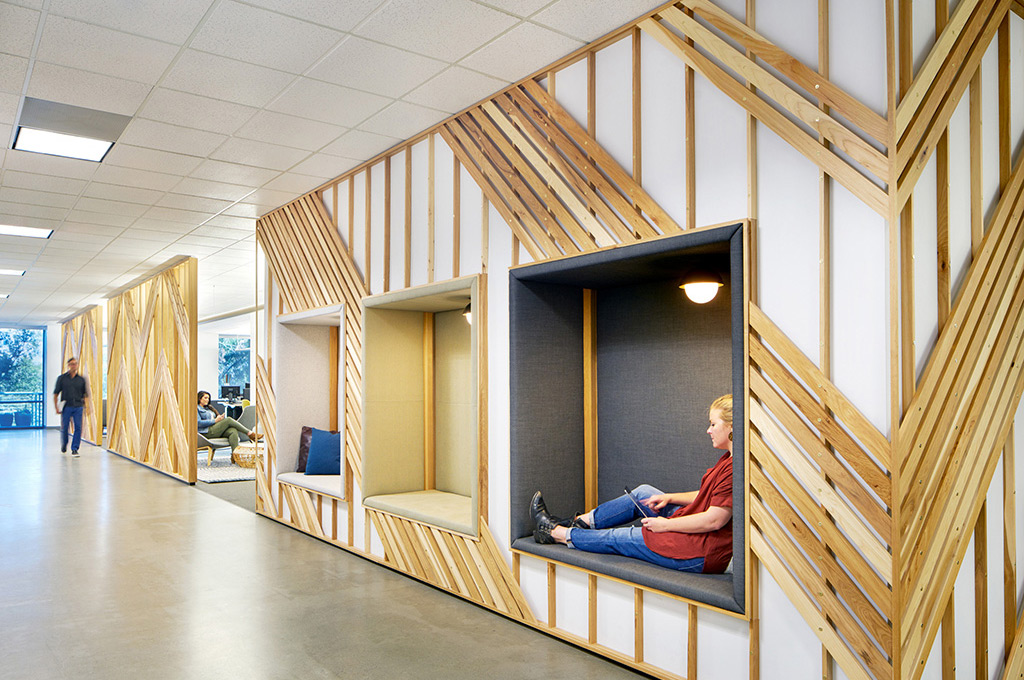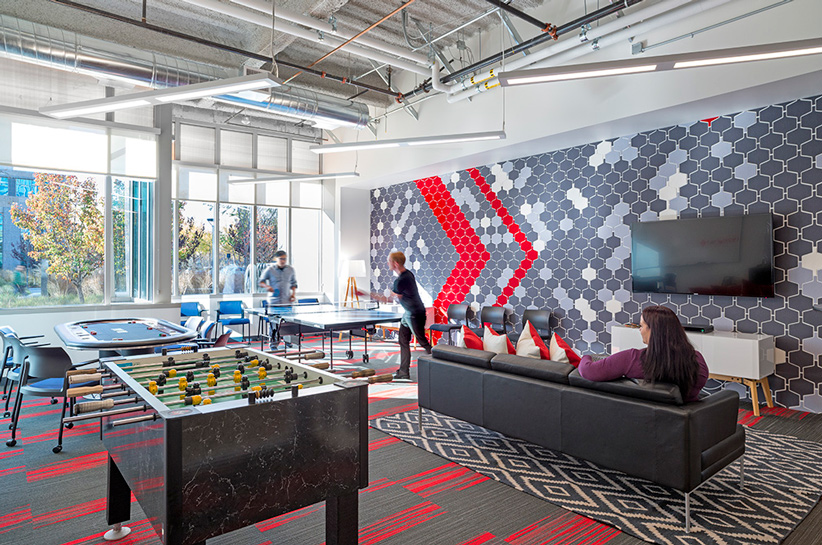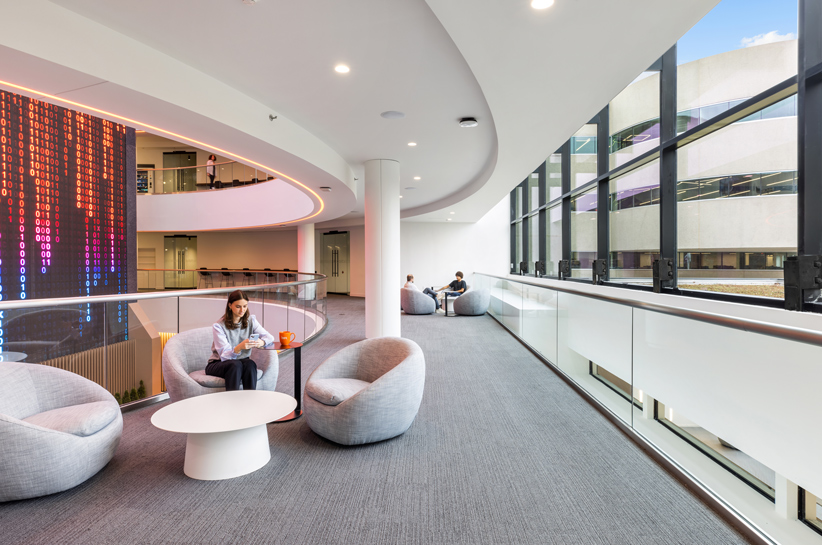
Insights from Jennifer Taranto, Vice President of Sustainability, STO Building Group
The built environment plays a pivotal role in shaping our wellbeing. Here Jennifer Taranto, vice president of sustainability at STO Building Group and a recently appointed LEED Fellow, discusses what she is seeing—from the influence of workplace design on healthy habits to the evolution of green building motivations over time.
It is said that the average American spends a significant portion of their life indoors. What does that say about the importance of the built environment?
The actual statistic is that we spend around 90% of our time indoors—that’s a lot. Your physical and social environments have the greatest effect on what determines your health and well-being. So, when we think of well-designed places and spaces, we think about how they can provide places for movement, active transportation, and/or access to clean air and water. But it’s more than that, too. They can also have a positive impact on mental health through thoughtful design elements that reduce stress, enhance mood, and foster a sense of well-being, such as access to natural light and nature.
What does wellness in the workplace look like?
Wellness in the workplace can look like a wide variety of things. It’s in the health promotion activities and policies that support positive employee health and behavior. It’s in providing services that help employees in need, whether that be mental health support, access to fitness facilities, or counseling services. It can also be seen in the cultivation of a positive work environment that encourages work-life integration, stress management, and flexibility in schedules.
If you’re thinking about it from a more tactile perspective, you’d have a workplace that incorporates plenty of natural light, proper ventilation, ergonomic furniture, and dedicated areas for relaxation or quiet heads down work, along with biophilia, those elements that connect us to nature. But at its core, wellness in the workplace involves fostering a culture of open communication, support for diversity and inclusion, and promoting overall well-being—not just physical health, but also mental, emotional, and social wellness.
How has the focus on wellness and sustainability in buildings reshaped corporate interiors?
Over the last decade there has been a paradigm shift in how we perceive and design spaces for human health. It’s like the entire commercial sector collectively decided, “Let’s make buildings that won’t just stand the test of time but will also entice us to use the stairs.” And we’re doing it, people. We are all in.
Certifications such as the WELL Building Standard have played pivotal roles in driving this transformation. WELL focused on creating environments that do more than just prioritize occupants’ health and well-being, challenging us to create spaces where people can thrive. It provides a comprehensive, science-based framework that addresses
many facets of well-being.
Construction has changed as well. We’re helping to advise design teams on healthy materials and sustainable construction practices to reduce the carbon footprint and promote a healthier indoor environment. Our safety programs now extend to the mental well-being and psychological safety of our staff and trade partners on our jobsites.
As a LEED Fellow, what would you say is a misconception people have about the LEED rating system?
A big myth is that LEED is dead or fundamentally irrelevant to the industry. It turns out that LEED is still a valuable market differentiator not just for new buildings, but also for existing buildings and commercial interiors all over the world. Still today it surprises people that over one third of STOBG’s own annual revenue is tied to LEED projects. Over the last two and a half decades, LEED practices have become our best practices—which is why it feels so normal.
Another misconception is that LEED is just
equivalent to code these days. The truth is
that it depends where you’re building. In
some places, the code is stricter than LEED,
but it’s still not in plenty of others. The USGBC
recognizes this and LEED continues to ratchet
up the thresholds and move toward a greater
focus on carbon, health, resilience, and equity,
which is coming with LEED v5.
Tell us more about LEED v5.
LEED v4 prioritizes minimizing carbon emissions through sustainable design, energy efficiency, renewable energy use, and carbon offsetting. LEED v5 takes a significant step in mitigating carbon emissions and incentivizing
building owners towards ultra-low carbon. It addresses operational, embodied, and transportation-related emissions, promoting accountability, carbon sequestration, and net positive outcomes. LEED v5 empowers design teams to achieve organizational net zero goals.
How can the construction industry
collaborate with partners to create more sustainable and healthy workplace environments?
When we all work together—leveraging the strengths of architects, designers, builders,
environmental consultants, and employers—we take a synergistic approach to advancing occupant health and environmental stewardship. Each stakeholder’s expertise contributes to this collective effort to integrate energy-efficient building systems and adopt low-carbon, health-oriented materials. By working together and embracing a shared vision for sustainable construction practices, we and our industry partners can effectively create environments that not only support the health and productivity of occupants, but also align with broader environmental stewardship goals.



